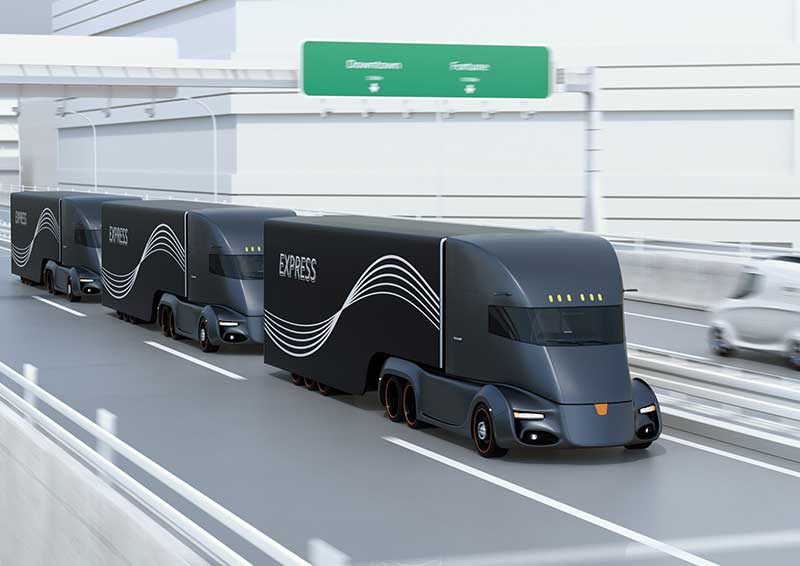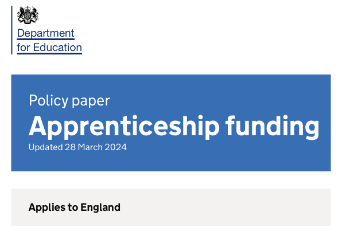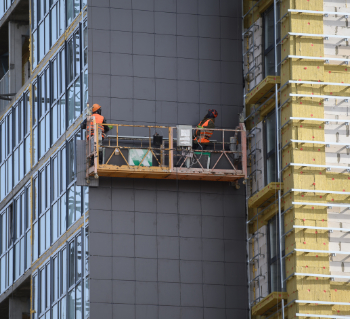Platooning
Contents |
[edit] Introduction
Up to three trucks travelling close together, known as ‘platooning’, is being looked at by the National Infrastructure Commission (NIC) as part of a study into freight in the UK.
Referred to variously as ‘HGV’, ‘truck’ and ‘lorry’ platoons – these are convoys of up to three heavy goods vehicles, travelling close together with acceleration and braking controlled by the lead vehicle and using smart technologies to mutually communicate. Three vehicle platoons are in the region of 50 m long.
Highways England and the Department for Transport are currently conducting a study which will lead to on-road platooning trials later in 2018. This is an £8 million information generating exercise to underpin future policy decisions.
[edit] Benefits of heavy goods vehicle platooning
Roads are the primary method of transporting freight within the UK. In 2015, just over three quarters (76%) of all goods moved by road with the remainder by water (15%) and rail (9%).
The UK strategic road network faces a range of challenges from loading and congestion, its relatively unplanned nature and resulting high transport emissions. Reducing the volume, and increasing the efficiency of road freight is essential.
A range of potential benefits from HGV platooning have been suggested by the European Automobile Manufacturers Association:
- Lower fuel consumption and consequently lower fuel cost - HGVs drive closer together at a constant speed improving aerodynamics, with less braking and accelerating.
- Potential to reduce CO2 emissions by up to 10%.
- More efficient road use, reducing congestion (thus improving air quality), and optimising delivery of goods.
[edit] Challenges of going down the platooning road
The UK strategic road network has grown gradually and organically over time. It has not been as heavily planned as other countries and on key stretches is heavily loaded.
It is interspersed with junctions and slip roads, often quite close together. This automatically creates challenges for HGV platoon trails, identifying how to manage other vehicles’ access to the road. The perception of 50 m HGV platoons as a long road block and the time needed to overtake (based on margin speeds) are still significant issues.
This could be addressed by automated coupling/uncoupling of HGVs in the platoon to accommodate access from slip roads. Separation from other road traffic has also been suggested but it is as yet unclear what this might look like and what the economic implications might be. Its potential may be most fully realised in a Level 5 (full autonomy) vehicle autonomy environment.
A broad range of unknowns exist, including how HGV platoons may impact impact upon existing infrastructure and design requirements for future infrastructure.
It is possible that, should HGV platooning be deployed, assumptions will have to be changed about the vibration impacts on bridges or road surface deterioration rates.
This article was originally published here on 6 March 2018 by ICE. It was written by Kelly Forbes, ICE Policy Manager.
--The Institution of Civil Engineers
[edit] Related articles on Designing Buildings Wiki
Featured articles and news
Investors in People: CIOB achieves gold
Reflecting a commitment to employees and members.
Scratching beneath the surface; a guide to selection.
ECA 2024 Apprentice of the Year Award
Entries open for submission until May 31.
UK gov apprenticeship funding from April 2024
Brief summary the policy paper updated in March.
For the World Autism Awareness Month of April.
70+ experts appointed to public sector fire safety framework
The Fire Safety (FS2) Framework from LHC Procurement.
Project and programme management codes of practice
CIOB publications for built environment professionals.
The ECA Industry Awards 2024 now open !
Recognising the best in the electrotechnical industry.
Sustainable development concepts decade by decade.
The regenerative structural engineer
A call for design that will repair the natural world.
Buildings that mimic the restorative aspects found in nature.
CIAT publishes Principal Designer Competency Framework
For those considering applying for registration as a PD.
BSRIA Building Reg's guidance: The second staircase
An overview focusing on aspects which most affect the building services industry.
Design codes and pattern books
Harmonious proportions and golden sections.
Introducing or next Guest Editor Arun Baybars
Practising architect and design panel review member.
Quick summary by size, shape, test, material, use or bonding..

























